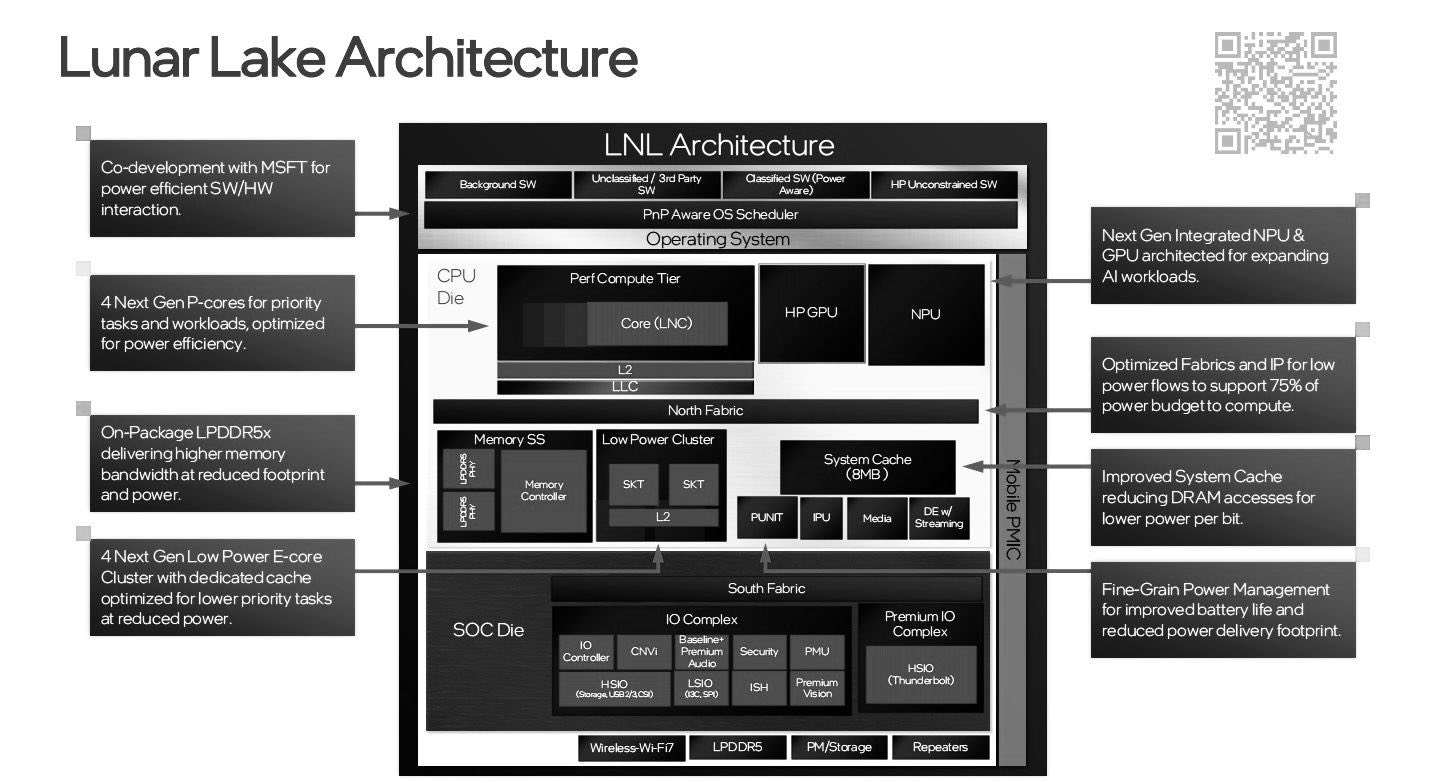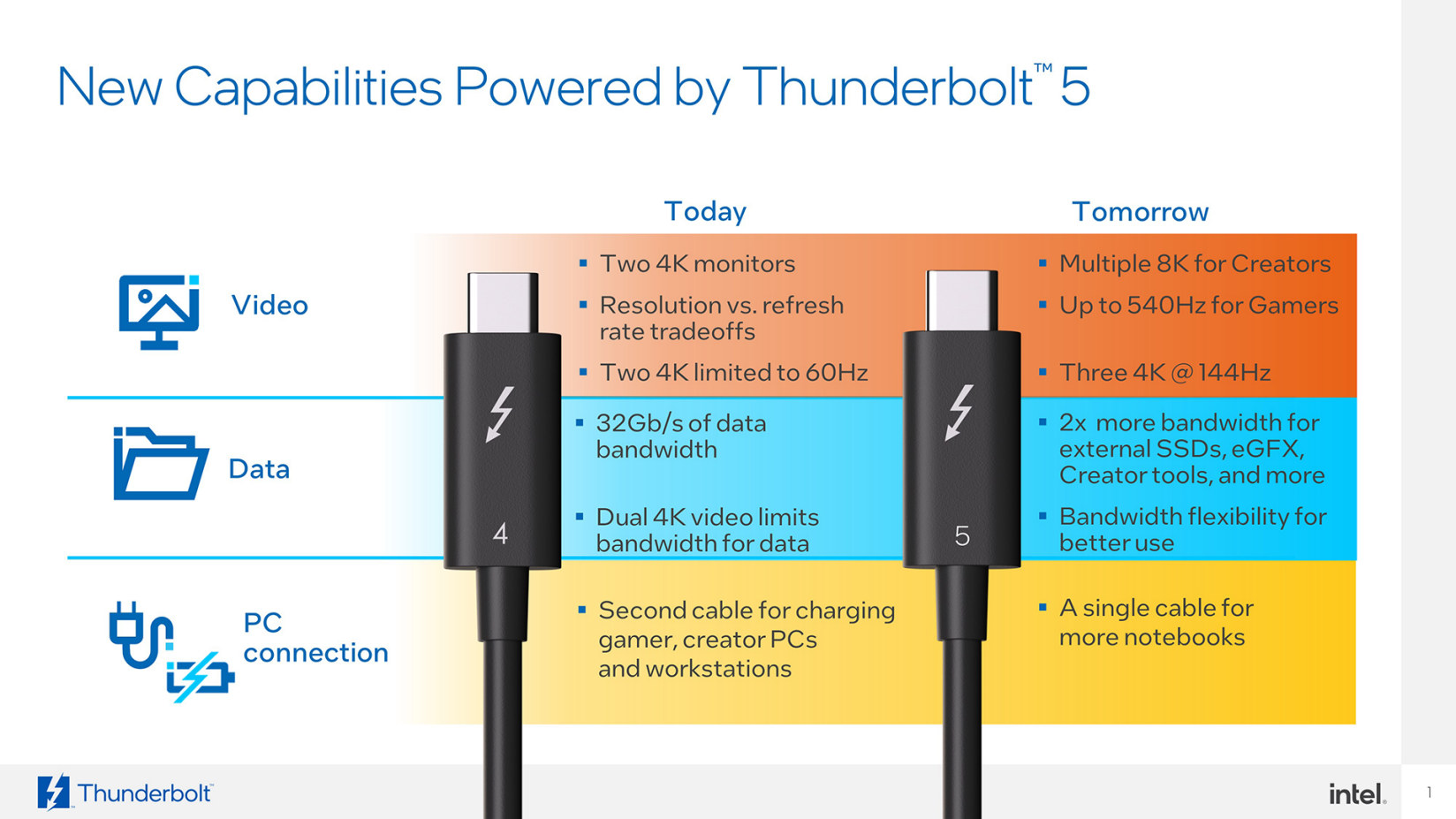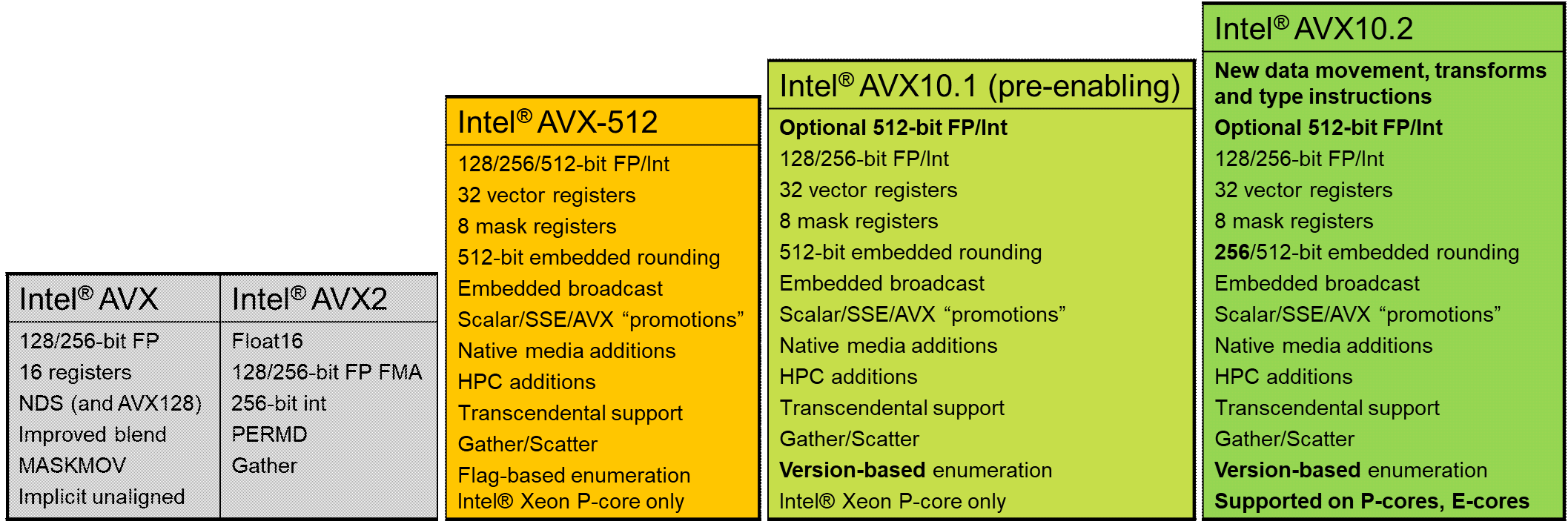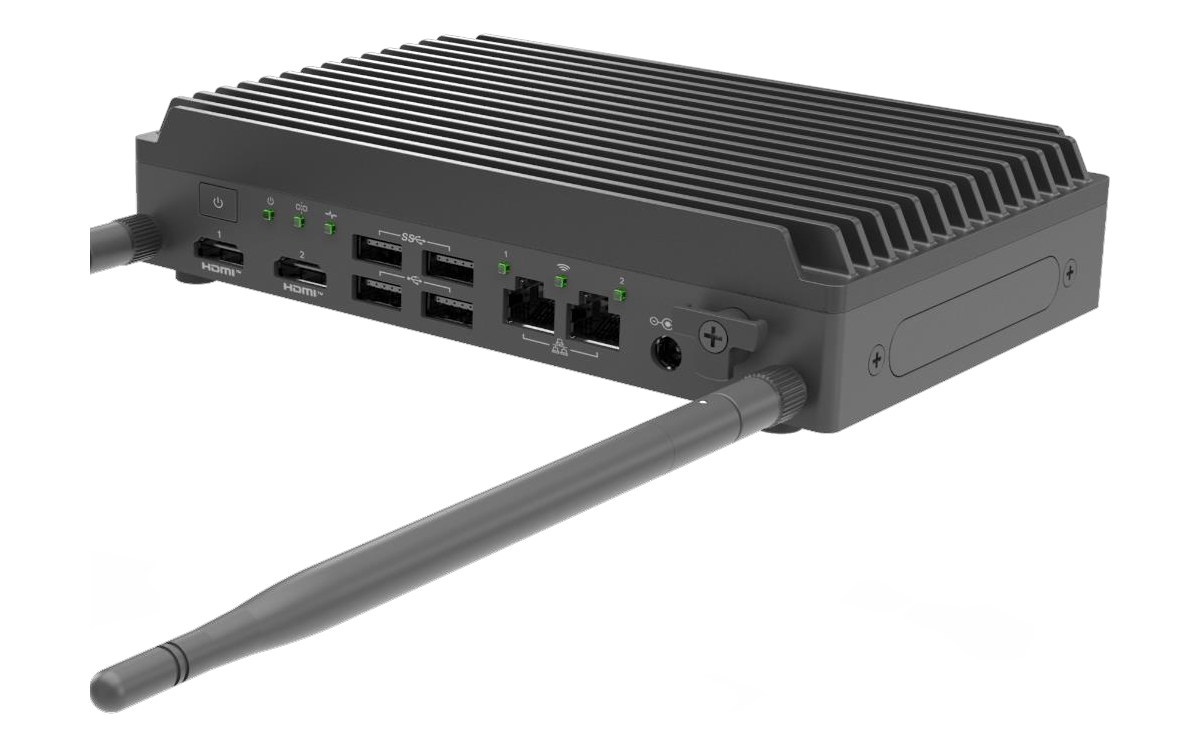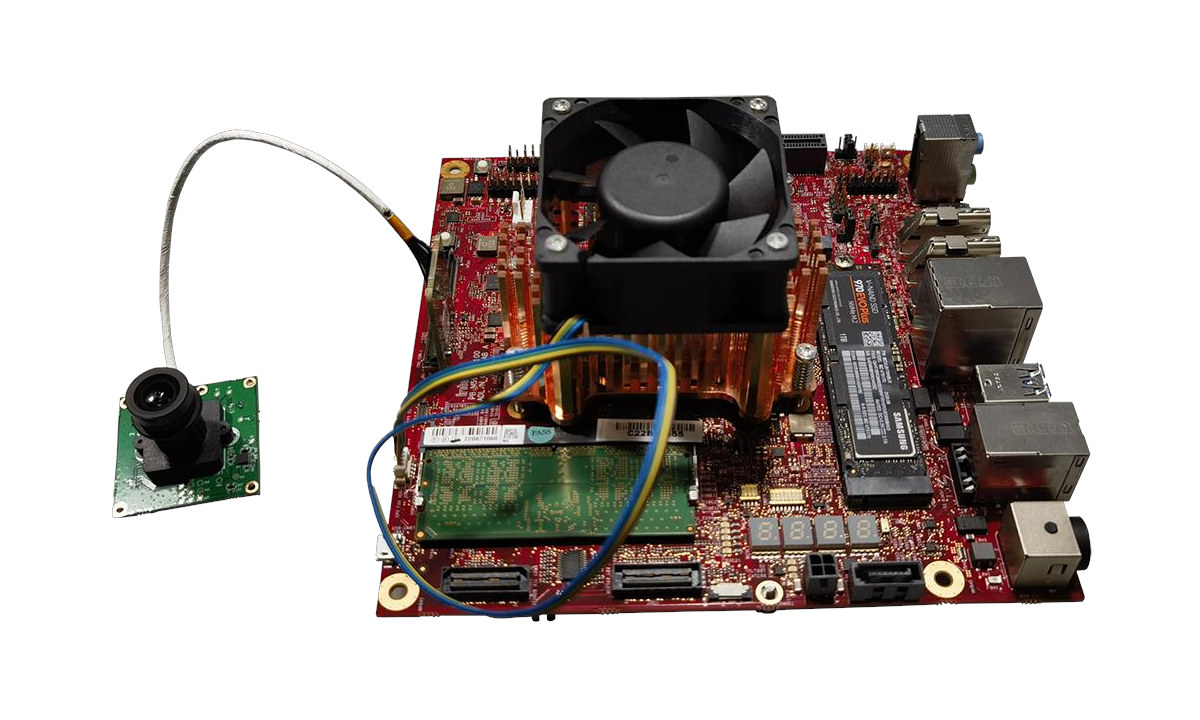While Intel Meteor Lake mobile processors are yet to become available, we already have a leak that provides quite a lot of details about the next-generation Lunar Lake hybrid mobile processor family (LNL MX) with supports for 8W to 30W base power designs and 16GB or 32GB on-chip LPDDR5x memory (Memory-on-Package, or MoP) to deliver higher memory bandwidth at reduced footprint and power. Developed in collaboration with Microsoft, the new Lunar Lake processor will come with four P-cores and four low-power E-cores, a new generation NPU and GPU architecture for AI workloads, and improved power management for lower power consumption (40% scenario power reduction) and improved battery life. Four SKUs are currently planned with either 16GB or 32GB dual-channel LPDDR5X memory: Core 7 MS3 (+ MoP) – Octa-core “12M” processor with 4x P-cores, 4x E-Cores, 8-core Xe2-LPG GPU, and 6-tile (12K9M) NPU Core 5 MS1 (+MoP) – Octa-core “8M” processor […]
Linux 6.6 LTS release – Highlights, Arm, RISC-V and MIPS architectures
The Linux 6.6 release has just been announced by Linus Torvalds on the Linux Kernel Mailing List (LKML): So this last week has been pretty calm, and I have absolutely no excuses to delay the v6.6 release any more, so here it is. There’s a random smattering of fixes all over, and apart from some bigger fixes to the r8152 driver, it’s all fairly small. Below is the shortlog for last week for anybody who really wants to get a flavor of the details. It’s short enough to scroll through. This obviously means that the merge window for 6.7 opens tomorrow, and I appreciate how many early pull requests I have lined up, with 40+ ready to go. That will make it a bit easier for me to deal with it, since I’ll be on the road for the first week of the merge window. Linus About two months ago, […]
Thunderbolt 5 to deliver up to 120 Gbps bandwidth, support multiple 8K monitors
Intel has just announced Thunderbolt 5 and demonstrated it with a prototype laptop and dock (see the video embedded at the end of this post) with up to 120 Gbps bandwidth when using “Bandwidth Boost”. Thunderbolt 5 will deliver 80 gigabits per second (Gbps) of bi-directional bandwidth and the top 120 Gbps bandwidth is achieved through “Bandwidth Boost” to support multiple 8K monitors, which means three times the bandwidth of Thunderbolt 4 topping at 40 Gbps. Thunderbolt 5 builds upon Thunderbolt 4 with several improvements and features: Two times the total bi-directional bandwidth, and up to three times (120 Gbps) for video-intensive usage Double the PCI Express data throughput for faster storage and external graphics. Compatible with USB4 V2, DisplayPort 2.1, and PCI Express Gen 4 Double the bandwidth of Thunderbolt Networking for high-speed PC-to-PC connections. PAM-3 signaling technology to deliver increases in performance with today’s printed circuit boards, connectors, […]
Intel Downfall (Gather Data Sampling) vulnerability impacts AVX2/AVX-512 workloads
After vulnerabilities like Spectre and Meltdown were discovered in 2018, Intel processors have more vulnerabilities with the Downfall attacks that target the Gather instruction part of AVX2/AVX-512 and impact 6th generation Skylake up to 11th generation Tiger Lake processors introduced as far back as 2014. It does not affect more recent processors, and as somebody who has just purchased a laptop based on a 13th Raptor Lake processor, I guess I can breathe a sigh of relief until the next vulnerability is discovered, but people using hardware with older Intel processors will have to update the OS and suffer from a performance impact, at least for tasks leveraging AVX2 or AVX-512. The website about the Downfall vulnerability explains: Downfall attacks targets a critical weakness found in billions of modern processors used in personal and cloud computers. This vulnerability, identified as CVE-2022-40982, enables a user to access and steal data from […]
Intel AVX10.2 ISA to enable AVX-512 capabilities on E-cores
Intel AVX10 SIMD instructions will succeed AVX-512 instructions with AVX10.2 adding support for Intel E-cores to bring multimedia and AI acceleration to low-power cores, while the earlier AVX10.1 will add version-base enumeration and make 512-bit instructions optional, but still only work on Intel (Xeon) P-cores. The new Intel Advanced Vector Extensions 10 (AVX10) architecture was unveiled in an update to the Advanced Performance Extensions (Intel APX) bringing AVR-512-like support to new hybrid processors with P-cores and E-cores, as well as potentially their entry-level versions with E-cores only. Intel explains the new SIMD architecture includes all the capabilities and features of the Intel AVX-512 ISA, both for processors that feature 256-bit maximum vector register sizes, as well as for processors that feature 512-bit vector registers. The AVX10 ISA adds a new version-based enumeration scheme that reduces the number of CPUID feature flags needing to be checked for feature support. As mentioned […]
Intel kills its NUC business
Intel has just decided to shut down its Next Unit of Compute (NUC) business selling mini PC, PC, boards, and modules directly to customers, as the company told partners they will stop direct investment into that part of their business. We first wrote about Intel NUC in 2014, but the company’s first NUC was launched in 2013, and I can only imagine Intel decided to kill the NUC business in order to focus on its core business which is to sell processors. They won’t directly compete against their customers anymore, although it’s unclear if this was part of the decision… I have mostly read praises about the NUC family over the years, but I’ve had a mixed experience myself. One family member asked for a reliable mini PC, so I recommended a Core-i5 NUC and while it mostly worked fine, we had to purchase a separate USB WiFI dongle as […]
Intel NUC 13 Rugged “Bravo Canyon” fanless Alder Lake-N mini PC is designed for 24/7 operation
The Intel NUC 13 Rugged, codenamed “Bravo Canyon, is an upcoming fanless and dust-resistant mini PC powered by an Alder Lake-N processor and designed for 24/7 operation suitable for business and industrial applications, albeit just in a 0°C to 40°C or 50°C temperature range. The rugged computer is offered with either an external or internal heatsink, supports up to 16GB DDR5 memory, comes with 64GB eMMC flash, M.2 sockets for NVMe and/or SATA SSDs, two 4Kp60 capable HDMI 2.1 ports, two 2.5GbE networking interfaces, four USB 3.2/2.0 ports, and optional support for WiFi 6, 4G LTE cellular connectivity, and an internal expansion bay. Intel NUC 13 specifications: Alder Lake-N SoC (one or the other) Intel Atom x7425E quad-core processor up to 3.4 GHz with 6MB L3 cache, Intel UHD Graphics; 12W TDP Intel Atom x7211E dual-core processor up to 3.2 GHz with 6MB L3 cache, Intel UHD Graphics; 6W TDP […]
MIPI CSI camera works with Intel Atom x7000, Processor, and Core i3 Alder Lake-N processors
Most Intel processors do not come with a MIPI CSI camera, but some Alder Lake-N processors do, and Leopard Imaging has designed the LI-ADL-ADP-IMX415-MIPI-081H MIPI CSI camera module that is compatible with the Intel ADL-N CRB (Alder Lake-N Customer Reference Board) and custom Alder Lake-N boards equipped with a compatible MIPI CSI connector. The 13MP camera supports resolutions up to 3864 x 2176 and works with boards and embedded systems based on Intel Atom processors x7000E Series, Intel Core i3-N processors, and Intel Processors N-Series processors. LI-ADL-ADP-IMX415-MIPI-081H specifications: Sony IMX415 CMOS image sensor Diagonal – 6.43 mm (Type 1/2.8) Active Pixels – 3864 (H) x 2176 (V) Pixel Size: 1.45 x 1.45 μm Optical Format: 1/2.8″ Effective Focal Length – 4.063 mm Aperture, F/#2.29 ± 5% IR Filter – 650 nm IR cut filter Field of View (FOV) – 81.7˚ horizontal, 44.7˚ vertical; 95.1˚ diagonal Lens Mount – M12 x […]


